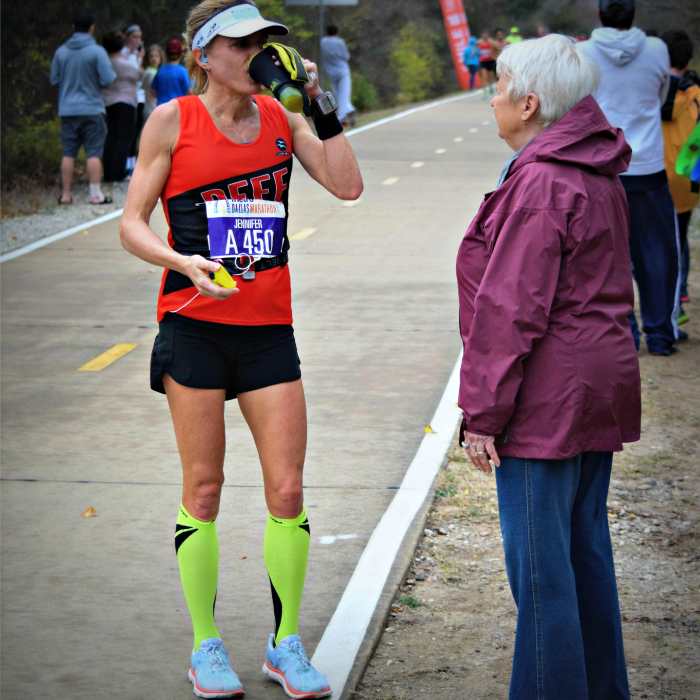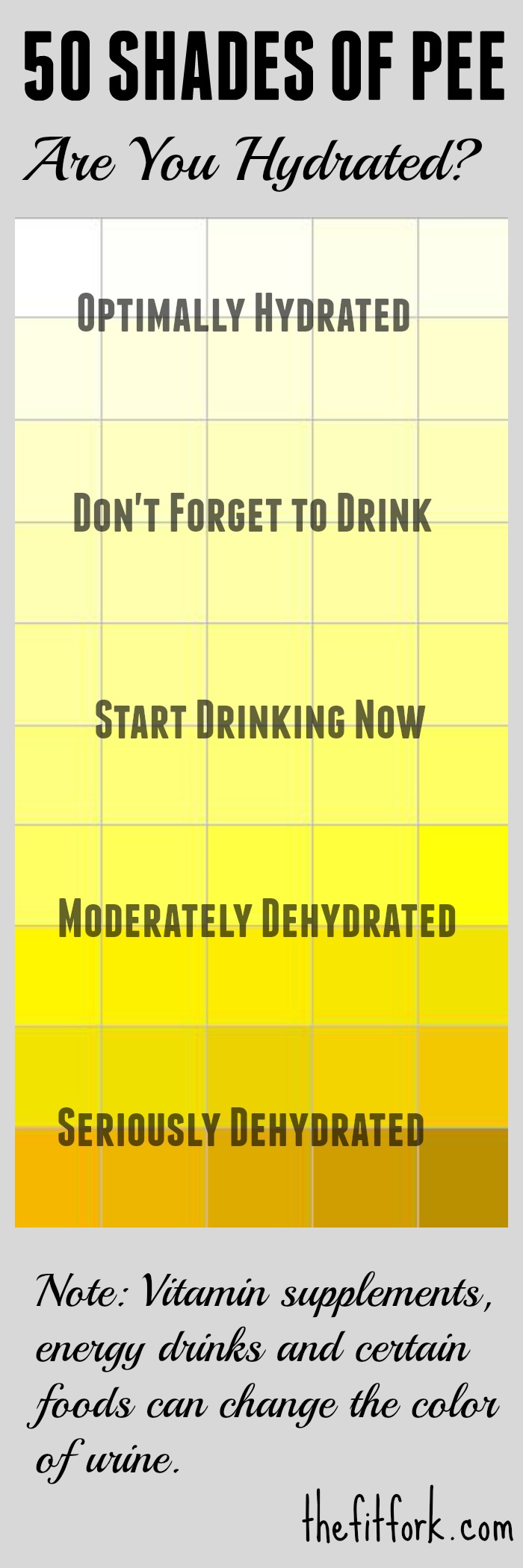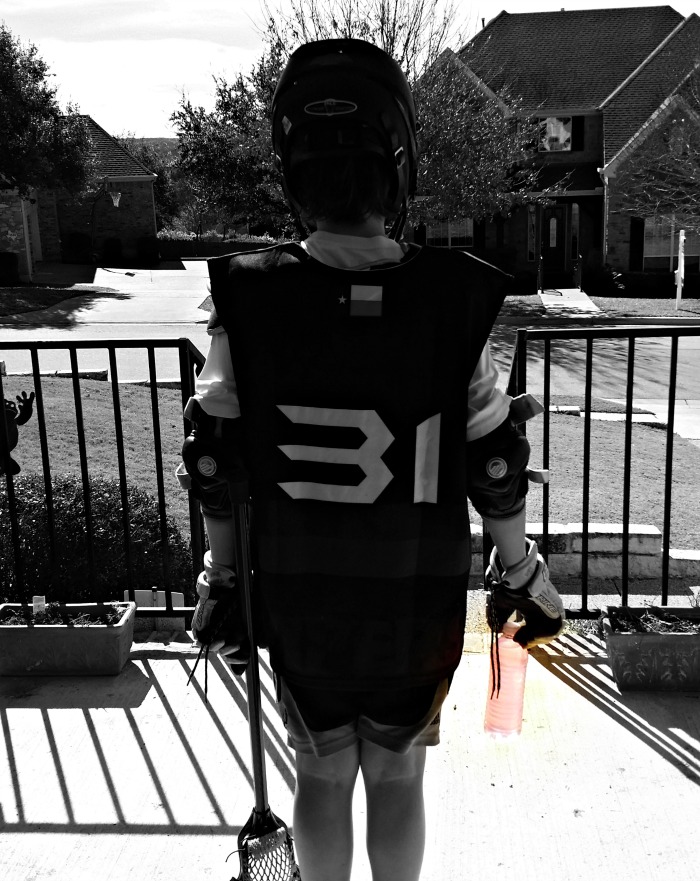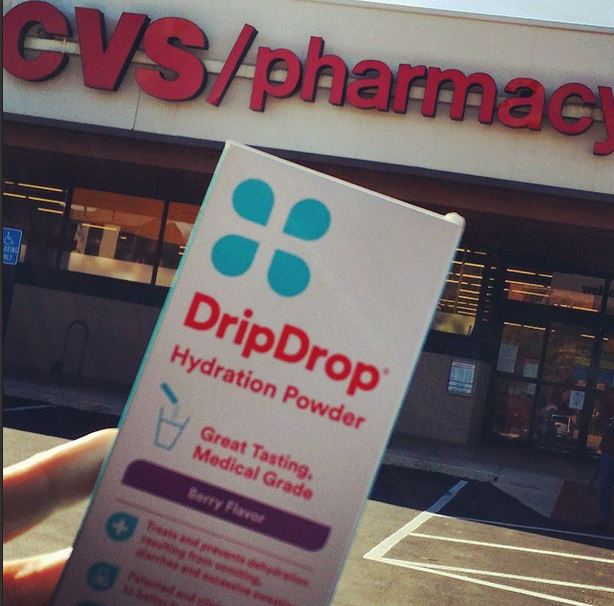This post is part of a social shopper marketing insight campaign with Pollinate Media Group® and DripDrop®, but all my opinions are my own. #pmedia #DrinkDripDrop #DripDropHydrates http://my-disclosur.es/OBsstV
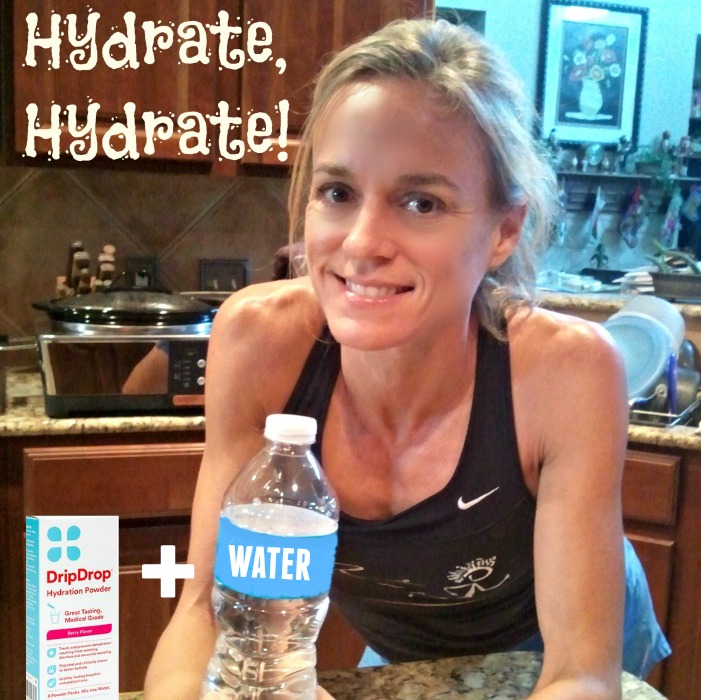 Keeping my family hydrated sometimes seems like a full-time job, especially in the unrelenting summers of Central Texas when the heat and humidity never let up. It’s easier to tell that I need to top off my tank when it’s 95 degrees, I’m drenched in sweat and my socks have become sponges. My running friend and I regularly weigh ourselves before we head out on a run (holding the bottle of water we plan to drink) and then again once we return (holding the empty bottle). The difference between the two weight checks is how much additional fluid was lost and serves as a gauge for how much to drink afterward.
Keeping my family hydrated sometimes seems like a full-time job, especially in the unrelenting summers of Central Texas when the heat and humidity never let up. It’s easier to tell that I need to top off my tank when it’s 95 degrees, I’m drenched in sweat and my socks have become sponges. My running friend and I regularly weigh ourselves before we head out on a run (holding the bottle of water we plan to drink) and then again once we return (holding the empty bottle). The difference between the two weight checks is how much additional fluid was lost and serves as a gauge for how much to drink afterward.
But in the cooler months, staying hydrated is often harder for me. That sounds counter intuitative, but it’s true. Even though I don’t perspire at as high of a rate, I’m still sweating . . . . and my brain indicators for thirst are turned off because I get cold very easily. And, if the weather is really cold, sweat can form into vapor before it even has a chance to settle on the skin. One of my worst dehydration experiences was during a marathon in the pouring rain and temperatures in the upper 30s to low 40s. Boy, I learned a lesson there.
Just on normal days, the average person loses about 8 cups of water — and this doesn’t include the extra needed if you are exercising. If water isn’t replaced, your heart has to work harder and other organ functions deteriorate as well. Symptoms of being dehydrated include headaches, dizziness, drowsiness, muscle cramping, nausea and vomiting. Dry mouth, chills and flushed skin are other clues.
One way to check if you are in a state of dehydration is to pinch the skin on the top of your hand and pull it up a bit. If it doesn’t return quickly to its normal flat state, you could be dehydrated. However, I think a quick peek in the pot is a more reliable way to gauge hydration levels – is your urine pale and clear (good) or dark and murky (bad). I put together this “Fifty Shades of Pee” chart to help you decipher whether you are in danger of dehydration. Tape it next to the toilet paper roll – ha!
One product I’ve been using to keep myself hydrated during long runs and races is DripDrop® Hydration Powder. It’s a safe, medical-grade hydration product you can buy at your local CVS on the baby aisle. Available in Lemon Flavor or Berry Flavor, DripDrop® Hydration Powder comes with 8 individually packaged servings per box. It’s really easy to stash a couple in a gym bag (or even folded over in a running shorts key pocket) to mix into a plain bottle of water when the need to refuel arises. You can read more about the product and the science behind it here.
It’s perfect for taking along to kid’s sporting activities, too. The American Pediatric Association advises that children should be replenishing fluids every 20 minutes during sports — 5 to 9 ounces of a sports drink, depending on weight (5 for a child weighing 88 pounds, 9 ounces for a child weighing 132 pounds). This is in addition to drinking water before and after practice, too.
DripDrop® Hydration Powder is an easy and cost-effective way to stay hydrated when the flu or stomach bug hits – my kids like the way it tastes and the product is safe for children over age 1. I hope your family escapes illness this winter (we all had the flu at Christmas, ugh) – but if you do get sick, head over to the baby aisle at CVS drug store for some DripDrop® Hydration Powder. And, don’t forget to monitor your 50 shades of pee.
Save $1.00 off with the purchase of any ONE (1) box of DripDrop Hydration Powder with DIGITAL COUPON available 1/25/15 – 2/21/15. Get your print at home coupon here while supplies last –

